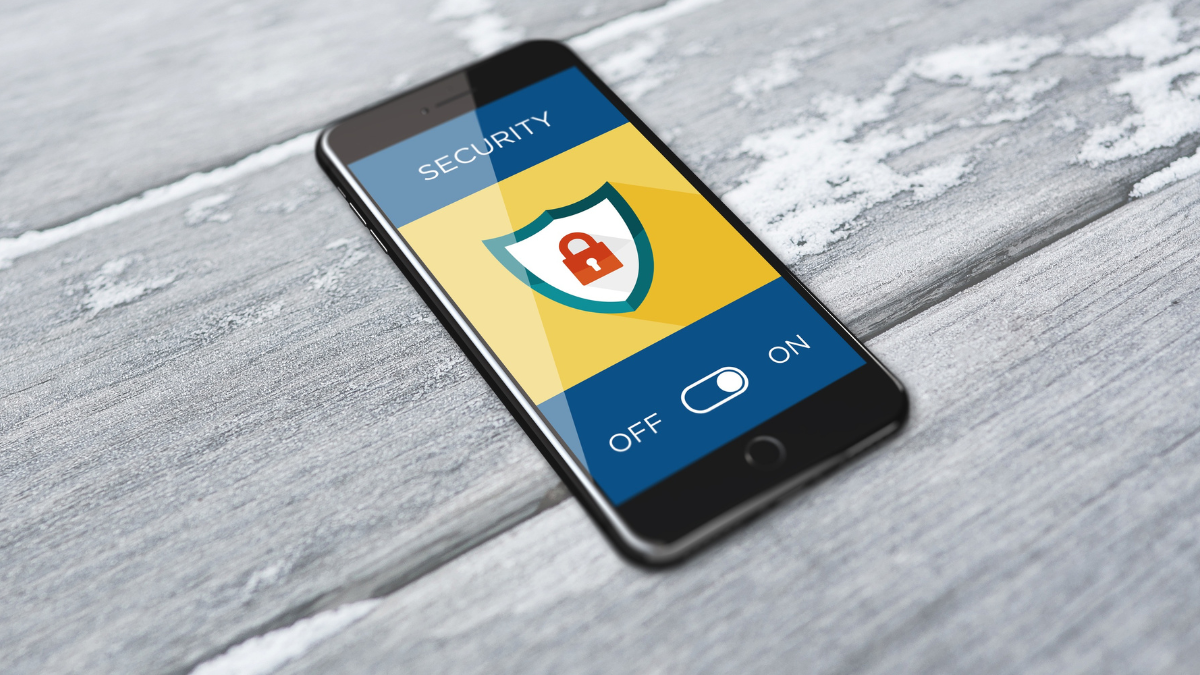In today’s digital age, securing sensitive information is a critical challenge. While traditional cybersecurity measures often focus on protecting data through encryption and secure protocols, attackers continually find new ways to breach defenses. One of the more sophisticated techniques used by malicious actors is the side-channel attack, which targets physical attributes of computer systems to gather information. This blog will provide an overview of side-channel attacks, discuss the various types of these attacks, and explore strategies to enhance side-channel attack resistance.
What is a Side-Channel Attack?
A side-channel attack does not target the actual data being processed by a system. Instead, it focuses on the unintended signals or “side channels” that systems emit during operations. These channels include power consumption, electromagnetic emissions, acoustic signals, or even the time it takes to perform a specific computation. By analyzing these signals, attackers can infer sensitive information about the system’s operations, like cryptographic keys or passwords, without directly interacting with the data.
For instance, while a device processes encrypted data, it may emit a unique electromagnetic signature or consume varying levels of power. A sophisticated attacker can analyze these signals and correlate them with the data being processed to reveal otherwise secure information.
Types of Side-Channel Attacks
Side-channel attacks come in various forms, each exploiting a different physical aspect of the system. Here are some of the most common types:
- Timing Attacks: Timing attacks analyze the time it takes for a system to perform specific operations. Minor variations in processing time can reveal information about cryptographic keys or other sensitive data. If a system takes slightly longer to process a particular input, this timing difference can reveal key bits through repeated measurements.
- Power Analysis Attacks: These attacks monitor the power consumption of a device during computation. Power analysis can be divided into two subtypes:
- Simple Power Analysis (SPA): SPA examines power consumption over time and looks for recognizable patterns in the power trace.
- Differential Power Analysis (DPA): DPA uses statistical analysis to examine fluctuations in power consumption. DPA is especially powerful because it can reveal cryptographic keys by correlating power usage with known patterns.
- Electromagnetic (EM) Attacks: EM attacks analyze the electromagnetic radiation emitted by electronic devices during computation. By measuring and analyzing this radiation, attackers can obtain sensitive information. EM attacks are particularly effective on devices like smart cards and smartphones, which emit detectable electromagnetic signals.
- Acoustic Cryptanalysis: Acoustic cryptanalysis exploits sound waves emitted by a device during processing. Surprisingly, even the faint sounds produced by a device’s CPU can be used to deduce sensitive information, like keystrokes or encryption keys.
- Cache Attacks: Cache attacks target shared resources within a system, such as cache memory. By measuring how data is cached, an attacker can infer the memory access patterns of other processes, potentially revealing sensitive information like passwords or cryptographic keys.
Real-World Impact of Side-Channel Attacks
Side-channel attacks have been used in various high-profile cases, primarily in cracking cryptographic implementations. Some real-world impacts of side-channel attacks include:
- Breaking Encryption in Smart Cards: Side-channel attacks were initially popularized in the context of smart cards, often used in secure transactions. By measuring power usage and electromagnetic emissions, researchers and attackers could bypass the security of these cards.
- Cloud and Virtualization Environments: Side-channel attacks in cloud environments have raised concerns, as attackers could theoretically gain access to sensitive data processed by other tenants sharing the same physical hardware.
- Compromising IoT Devices: Internet of Things (IoT) devices are particularly vulnerable due to their limited processing power and lack of sophisticated security features. Attackers can exploit these devices to gather data on users or access larger networks.
Techniques for Side-Channel Attack Resistance
To protect systems from side-channel attacks, engineers and security professionals employ various resistance techniques. Here are some of the key methods:
1. Cryptographic Algorithm Hardening
Cryptographic algorithms can be modified to make side-channel attacks more difficult. For instance, implementing constant-time algorithms ensures that operations take the same time regardless of the data being processed, eliminating timing variations. Randomizing the order of operations within an algorithm can also help obfuscate patterns in power consumption or electromagnetic emissions.
2. Noise Injection
Adding random noise to power consumption or electromagnetic emissions can mask the signal an attacker would use. For example, injecting random operations during cryptographic processes makes it harder to distinguish the actual data from the noise, obscuring any identifiable patterns.
3. Shielding and Physical Barriers
For devices susceptible to electromagnetic attacks, physical shielding, such as Faraday cages, can block emissions, making it challenging for an attacker to obtain useful information. Additionally, insulating devices to minimize acoustic signals can help mitigate risks from acoustic cryptanalysis.
4. Dynamic Power and Frequency Scaling
By varying the power and frequency dynamically, systems can disrupt the consistency of side-channel information, making it harder for attackers to correlate power consumption patterns with data processing events. Random power adjustments introduce unpredictability, making it difficult for attackers to analyze power data accurately.
5. Cache Partitioning and Flushing
In shared environments, such as virtualized cloud servers, partitioning caches and clearing cache memory between processes can reduce the risk of cache attacks. This limits the ability of one process to detect the memory access patterns of another, protecting sensitive information from leaking across shared resources.
6. Software Obfuscation Techniques
Software-based methods can be used to reduce predictability in processing times and power usage. Techniques like instruction-level randomization and dummy instructions can disguise critical operations, making it harder for attackers to decipher the actual data.
7. Continuous Monitoring and Testing
Side-channel attack resistance is not a one-time fix. Continuous monitoring for unusual physical behaviors, such as unexpected power usage or timing anomalies, can detect possible side-channel attacks in real-time. Regular testing for side-channel vulnerabilities during development is also crucial to ensure robustness against these attacks.
Side-channel attacks represent a significant and evolving threat in cybersecurity, as they bypass traditional protections by exploiting physical aspects of systems. These attacks are particularly challenging to mitigate because they require both software and hardware-level defenses, as well as specialized knowledge of a system’s physical properties. However, by understanding the mechanisms behind side-channel attacks and implementing resistant techniques—such as algorithm hardening, noise injection, and dynamic power scaling—developers and security teams can protect sensitive information and fortify systems against these sophisticated threats.
With ongoing advancements in attack strategies, achieving robust side-channel attack resistance will be essential to the future of secure computing, especially in an era where data security and user privacy are paramount.




